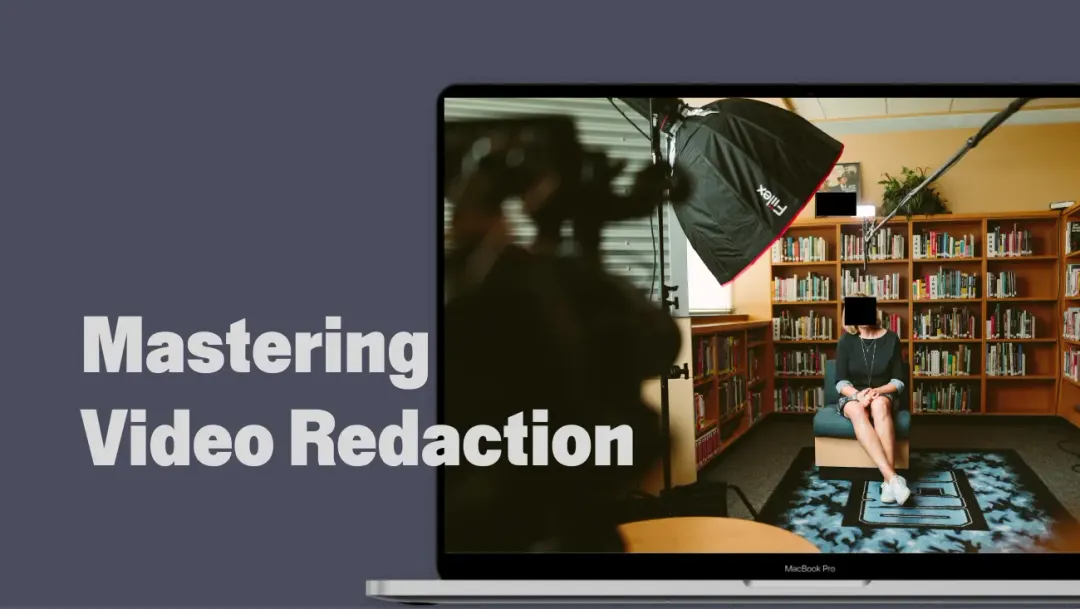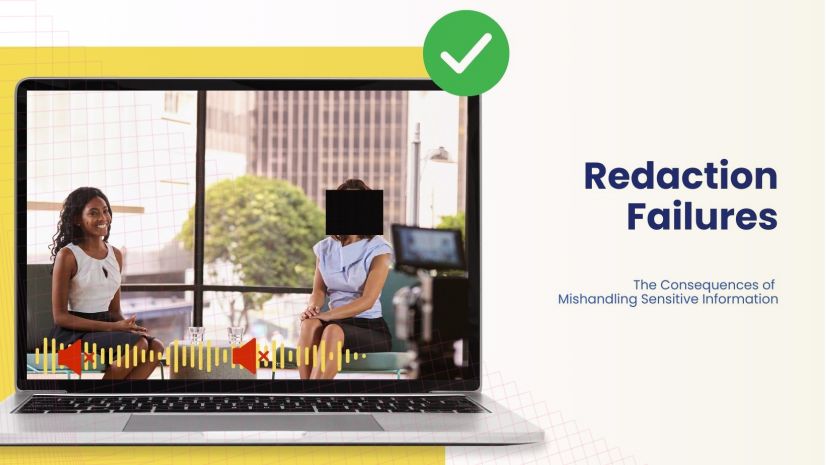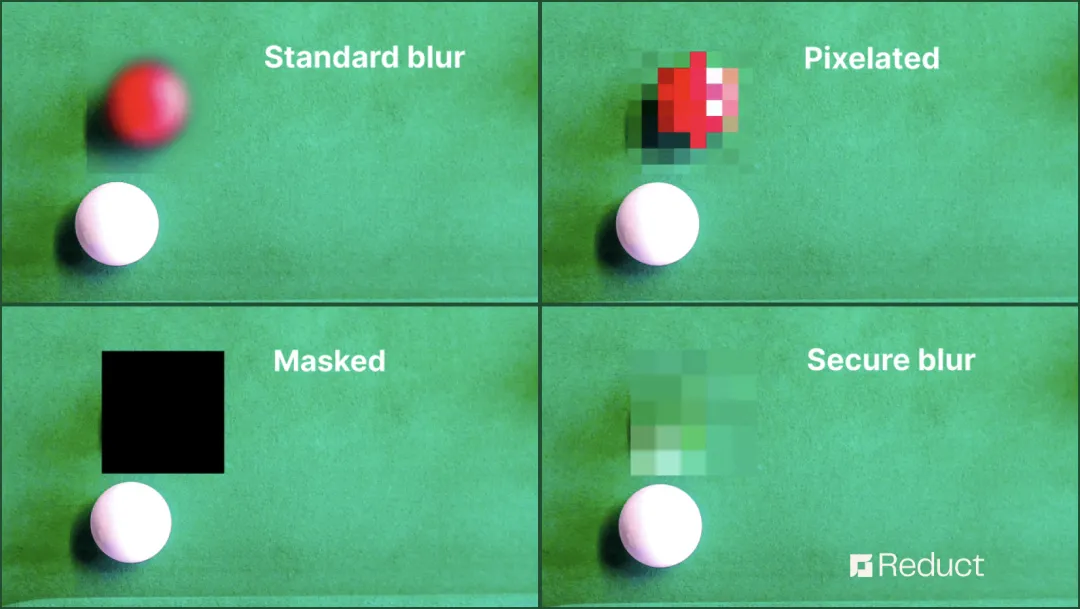Mastering Video Redaction: 5 Best Practices
May 2023
·
2 min read

The volume of digital footage created from body footage cameras, video conferencing, deposition, and court recordings is only increasing.
Law enforcement agencies face a two-fold challenge: they need to use all this footage to do their job better by protecting the identities of the people and they need to adhere to the ever-evolving Freedom of Information Act (FOIA) programs.
This is where video redaction comes in. Obscuring PII (Personally Identifiable Information) by blurring or masking is common. If managed well, redacting PII can be an easy task. We will walk you through 5 practices that will help you do it better in this article.
1. Plan Ahead
To avoid being caught off guard, plan for video redaction as soon as you start using video capture technology. This way, you can identify appropriate tools, personnel, and budget and make preparations accordingly. Waiting until the first video request can result in substandard outcomes when facing statutory or court-ordered production timelines.
Also, familiarize yourself with the specific requirements outlined in the FOIA guidelines. This includes understanding the types of information that may be subject to redaction and the exemptions that may apply.
Learn Top 5 Video Redaction Tools.
2. Utilize Advanced Redaction Software
When it comes to video redaction, invest in high-quality video redaction software that offers advanced features and capabilities.
But lawyers don't always have the budget to purchase professional video editing software like Adobe Premiere PRO. Even when the budget is not the problem, learning video editing is not the most exciting way for a lawyer to spend their time. Depending on your needs, a simpler cloud-based tool like Reduct may suffice.
3. Select the Right Expert
Include video editing abilities in job descriptions and performance plans to identify candidates with the required expertise. Selecting the right person for the job is crucial to ensure the effective and timely redaction of sensitive information.
Routine training of your existing FOIA team can also enhance their digital skills and talent, allowing you to stay ahead of the curve.
4. Consider Hiring Contractors
If your agency is facing skill or capacity concerns, opting to onboard contractors on an ad hoc basis for low-volume cases is a great option. Outsourcing the task of video redaction can help avoid the costs associated with purchasing video editing software, training staff, or recruiting new workers to perform the necessary redactions.
5. Consider the Timeframe
Carefully consider the time commitment involved when selecting a redaction method and assigning personnel. Incorporating these best practices into your FOIA program will allow you to meet video redaction challenges and keep up with the changing technological landscape.
Conclusion
Incorporating best practices can help you stay ahead of the curve and effectively manage the ever-evolving nature of FOIA programs. Reduct can be your go to text-based video and audio redaction software.
Get in touch with us next time you need redaction - we look forward to hearing from you.


